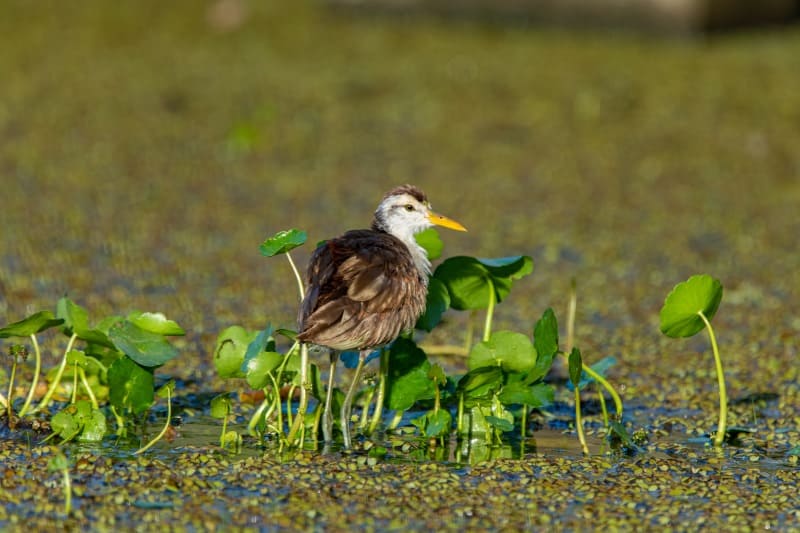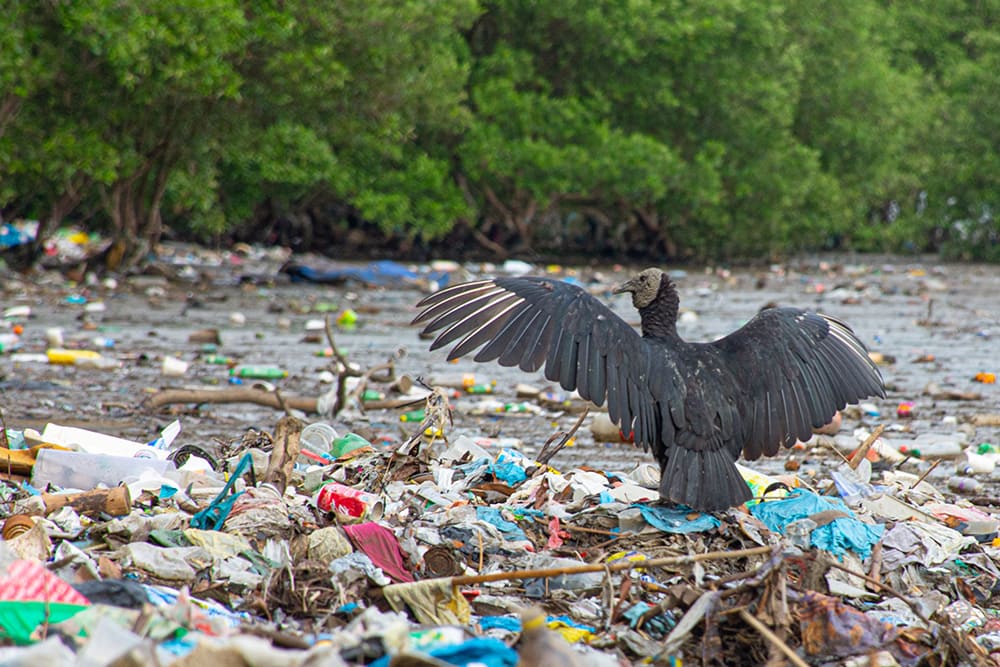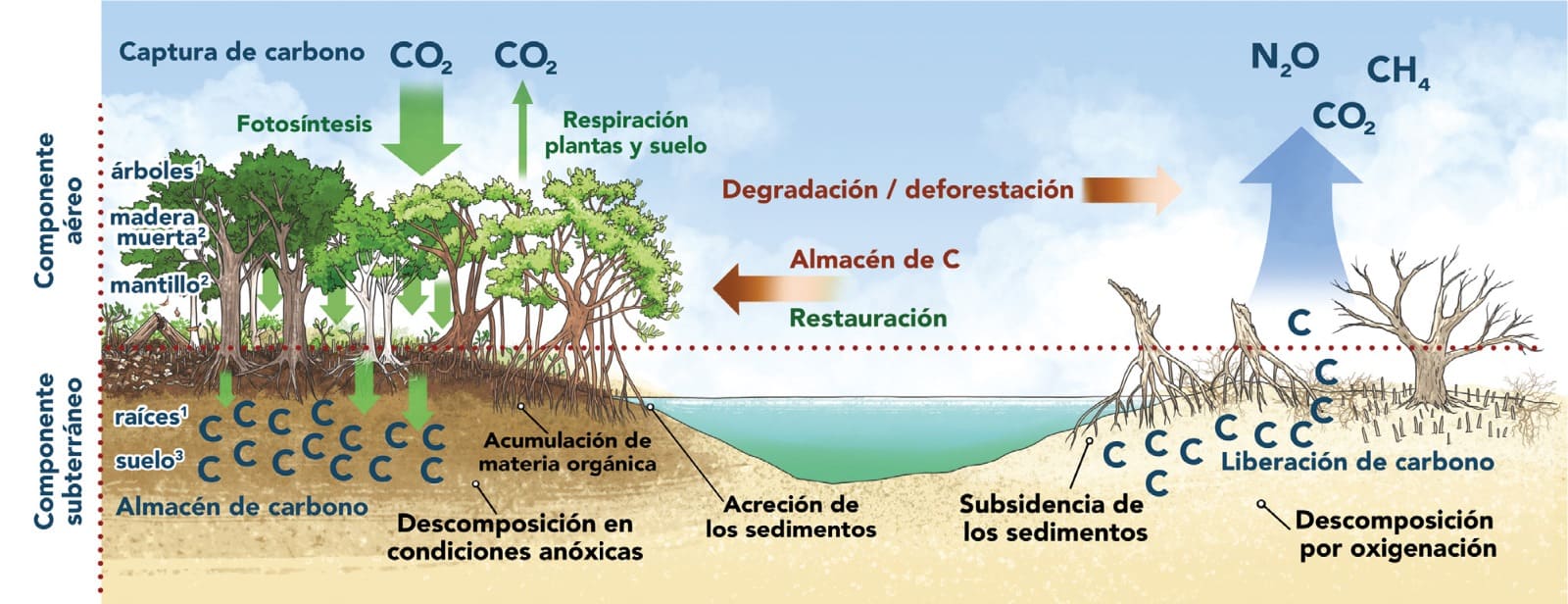

Why is it important?
The CORESCAM project is of great importance for the Caribbean, but also for other tropical regions that are experiencing more intense extreme weather events with more frequency.
The following points summarize its relevance:
Sentinel Region of Climate Change
Studying and understanding what is already happening in the Caribbean with coastal and marine ecosystems and their ability to recover after extreme climatic events is a good indicator of what may happen in other regions of the world affected by similar situations, such as the typhoons in the Philippines and tropical Asia. The responses observed in CORESCAM are sentinels that may alert other regions.
Planetary Biodiversity Hotspot
Central America and the Caribbean are “hot spots” for the planet’s biological diversity. As an example, it has 11,000 registered species of plants of which many are only present in this region, and social diversity with 26 ethnic groups associated with the coast. This megadiversity is due to its long history as an enclave between two continents (North and South America), between two oceans (Atlantic and Pacific) and a varied topography (elevations of almost 5,000 m above sea level) that favors diversity of habitats. As a result, the region contains two terrestrial biological corridors: the Mesoamerican Biological Corridor and the Caribbean Biological Corridor, the second largest barrier reef on the planet, the Mesoamerican Reef, and one of the regions with the highest bird migrations on the planet, making it the final destination or a flight space between North America and South America.
Great human influence in the region
Since the 1980s the Caribbean has suffered enormous human intervention in the form of tourism development. Even though the media only focuses on the increase in hurricanes, droughts, ocean heat and floods, the impact of these extreme events in relation to the increased exposure that tourism development has caused must be understood. The boom in tourism thus represents the decline of mangroves and the increased pressure on coral reefs (excess diving and anchor visits, overfishing to cover hotel needs, etc.). All this has altered the protection that these ecosystems offer to society in the form of a shield against storms (hurricanes, storm surges, rising sea levels), of the food sustenance and of improvement of water quality, among other benefits.
Science for regional policy support
CORESCAM relies on past projects such as SWAMP, to reinforce the connections that already exist with the governments and organizations of the region and thus favor a dialogue between science and coastal governance. CORESCAM can offer answers on how the change in the frequency and intensity of extreme events is affecting the stability of the coastal and marine ecosystems and what actions can be carried out (for example, prioritizing areas of action, the review of risk reduction policies, the inclusion of the protection of coastal ecosystems, favoring monitoring systems that include early warning, mangrove and reef restoration programs, the review of the situation of protected natural areas and suggestions for improvement to guarantee the long term provision of ecosystem services).




